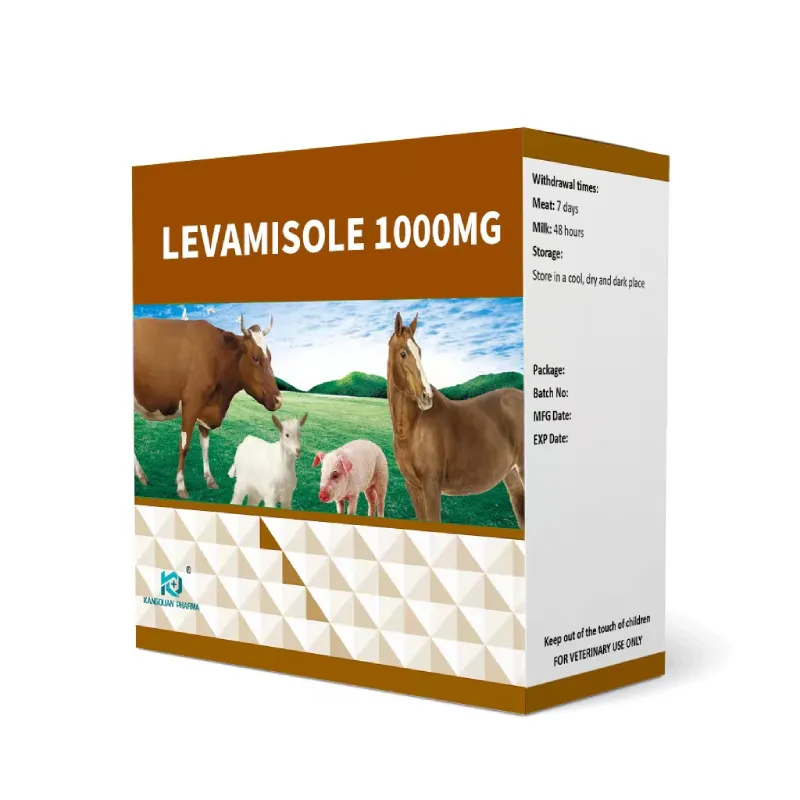- Afrikaans
- Albanian
- Amharic
- Arabic
- Armenian
- Azerbaijani
- Basque
- Belarusian
- Bengali
- Bosnian
- Bulgarian
- Catalan
- Cebuano
- Corsican
- Croatian
- Czech
- Danish
- Dutch
- English
- Esperanto
- Estonian
- Finnish
- French
- Frisian
- Galician
- Georgian
- German
- Greek
- Gujarati
- Haitian Creole
- hausa
- hawaiian
- Hebrew
- Hindi
- Miao
- Hungarian
- Icelandic
- igbo
- Indonesian
- irish
- Italian
- Japanese
- Javanese
- Kannada
- kazakh
- Khmer
- Rwandese
- Korean
- Kurdish
- Kyrgyz
- Lao
- Latin
- Latvian
- Lithuanian
- Luxembourgish
- Macedonian
- Malgashi
- Malay
- Malayalam
- Maltese
- Maori
- Marathi
- Mongolian
- Myanmar
- Nepali
- Norwegian
- Norwegian
- Occitan
- Pashto
- Persian
- Polish
- Portuguese
- Punjabi
- Romanian
- Russian
- Samoan
- Scottish Gaelic
- Serbian
- Sesotho
- Shona
- Sindhi
- Sinhala
- Slovak
- Slovenian
- Somali
- Spanish
- Sundanese
- Swahili
- Swedish
- Tagalog
- Tajik
- Tamil
- Tatar
- Telugu
- Thai
- Turkish
- Turkmen
- Ukrainian
- Urdu
- Uighur
- Uzbek
- Vietnamese
- Welsh
- Bantu
- Yiddish
- Yoruba
- Zulu
Sht . 15, 2024 06:31 Back to list
Comprehensive Guide to Veterinary Antibiotics
Understanding Veterinary Antibiotics A Comprehensive Overview
Veterinary antibiotics are an essential component of animal health management, significantly contributing to the prevention and treatment of bacterial infections in livestock and pets. Recognizing their importance is vital for maintaining animal welfare, ensuring food safety, and protecting public health.
Antibiotics are classified based on their mechanism of action, spectrum of activity, and chemical structure. Some common classes include penicillins, tetracyclines, cephalosporins, and macrolides. Each class has specific uses and effectiveness against various bacterial infections. For instance, tetracyclines are widely used due to their broad-spectrum activity, effective against many Gram-positive and Gram-negative bacteria. In contrast, penicillins are particularly effective against specific bacterial strains, making them suitable for certain infections.
Understanding Veterinary Antibiotics A Comprehensive Overview
One effective strategy to combat antibiotic resistance is the implementation of responsible usage guidelines. These guidelines emphasize the importance of using antibiotics judiciously, reserving them for cases where they are truly necessary. Alternatives such as vaccination and improved husbandry practices can also play a crucial role in preventing infections and reducing reliance on antibiotics.
veterinary antibiotics chart

In addition to treatment, antibiotics are sometimes administered prophylactically in veterinary medicine to prevent disease outbreaks, especially in high-density settings like farms. However, this practice should be carefully managed to avoid contributing to resistance. Emerging technologies and approaches, such as probiotics and bacteriophages, are gaining attention as potential alternatives or adjuncts to traditional antibiotic therapy.
The impact of veterinary antibiotic use extends beyond animal health; it also has significant implications for public health. The transfer of antibiotic-resistant bacteria from animals to humans can occur through various pathways, including the food chain, direct contact, and environmental contamination. Monitoring and regulating antibiotic use in livestock are essential to minimizing these risks.
Public awareness is crucial in promoting responsible antibiotic use. Consumers are increasingly interested in how their food is produced, pushing for transparency in livestock farming practices. Many consumers now prefer meat and dairy products sourced from farms that adhere to strict antibiotic use guidelines, further encouraging responsible practices within the industry.
In conclusion, veterinary antibiotics play a vital role in animal healthcare, but their use must be balanced with the potential risks associated with antibiotic resistance. By endorsing responsible usage practices, exploring alternative therapies, and enhancing public awareness, we can ensure that veterinary antibiotics remain effective tools in safeguarding animal and public health. As we move forward, collaboration among veterinarians, farmers, regulatory bodies, and consumers will be critical in promoting a sustainable and health-conscious approach to veterinary medicine.
-
Guide to Oxytetracycline Injection
NewsMar.27,2025
-
Guide to Colistin Sulphate
NewsMar.27,2025
-
Gentamicin Sulfate: Uses, Price, And Key Information
NewsMar.27,2025
-
Enrofloxacin Injection: Uses, Price, And Supplier Information
NewsMar.27,2025
-
Dexamethasone Sodium Phosphate Injection: Uses, Price, And Key Information
NewsMar.27,2025
-
Albendazole Tablet: Uses, Dosage, Cost, And Key Information
NewsMar.27,2025













